Header image: US Geological Survey
Why does Montana have so many dinosaurs?
During the time of dinosaurs, Montana actually didn’t have an unusually large dinosaur population compared to other regions of the world.
However, the rocks in Montana’s Hell Creek formation date back to the exact period of the dinosaurs, and much of this land today is undeveloped and easy to access.
Paleontologists have put forth major efforts to explore this region over the past 100 years, resulting in many dinosaur fossil discoveries in eastern Montana.
Let me explain a bit more in depth – below are the four reasons why Montana has so many dinosaurs.
Skip to:
- Why does Montana have so many dinosaurs?
- How many dinosaurs have been found in Montana?
- Which dinosaurs lived in Montana?
- Which dinosaur fossils have been found in Montana?
- What did Montana look like during the dinosaurs?
Why does Montana have so many dinosaurs?
Here are the four main reasons Montana has so many dinosaurs.
Reason #1: The right rocks
Montana’s rocks date back to the right time period when dinosaurs roamed North America. In other regions of the United States, such as New York, the rocks are generally too old.
During the late Cretaceous Period (about 65 million years ago), the Rocky Mountains rose, pushing the Western Interior Seaway back and uncovering the land of present-day Montana. Great rivers meandered through the state in a hot, humid climate, depositing sediment in areas where the dinosaurs were living.
This sediment formed the rocks of what is now called the Hell Creek formation in eastern Montana, where paleontologists have found many of Montana’s dinosaur fossils.
In other words, the rocks in Montana formed in the right place at the right time.
Reason #2: The right geography
Many of eastern Montana’s rocks are exposed, easy to see, and easy to access. As it gradually erodes, it exposes more fossils.
The lack of tree cover and relatively flat landscape here make it easy for paleontologists and fossil hunters to access different areas to search for and excavate dinosaur fossils.
Reason #3: Undeveloped space
Montana consists of large swaths of undeveloped, undisturbed land, ideal for paleological digs. Because so much of eastern Montana hasn’t been developed, the land is free for paleontologists to explore beneath the surface and dig for Montana dinosaur bones.
In highly-developed regions of the world, such as major cities, there may have been dinosaur fossils, but they were either destroyed or covered up by manmade structures.
Reason #4: Local efforts
The western United States has been a popular dig site for 200+ years. Paleontologists have searched for dinosaur fossils in Montana for much of this time.
As Montana gained a reputation for dinosaur fossils in the 20th century, more fossil hunters and paleontologists came to the area to find what other Montana dinosaur fossils were hidden beneath the soil.
Other regions of the world, such as China and Argentina, are becoming more known for their dinosaur fossils. As researchers begin discovering more dinosaur fossils in these regions, more digs take place.
Sources: Montana Department of Transportation, David Moscato
How many dinosaurs have been found in Montana?
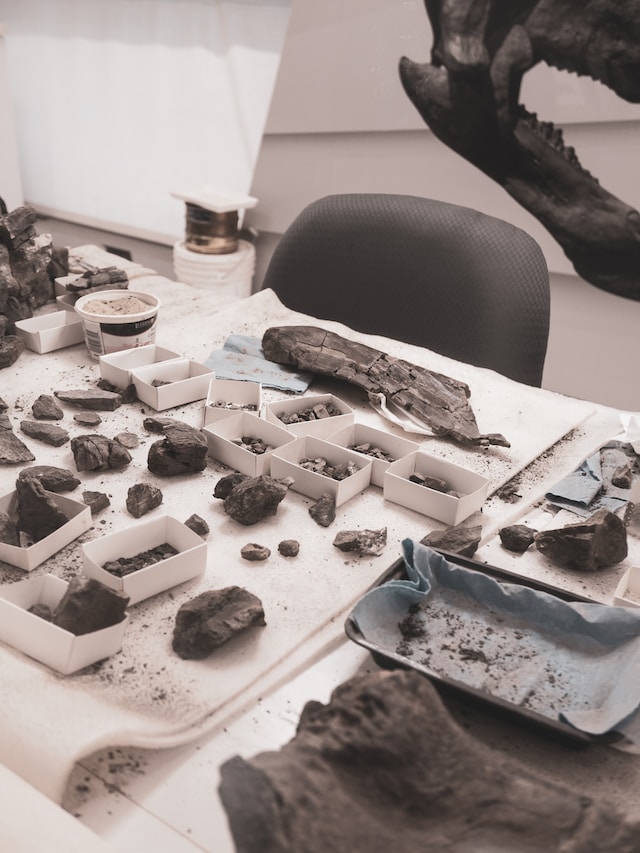
According to the Paleobiology Database (PBDB), 940 dinosaur fossils have been found in Montana:
- Total fossils found: 940
- Most discovered genus: Hadrosauridae (74 fossils)
- Most common time period: Maastrichtian (432 fossils)
Montana is the third state with the most dinosaur fossils, behind Wyoming (2nd) and California (1st). Overall, researchers have found 75 different dinosaur species in Montana.
The PBDB has recorded no dinosaur fossil discoveries in five states – Kentucky, Rhode Island, New Hampshire, Wisconsin, and Vermont.
Which dinosaurs lived in Montana?
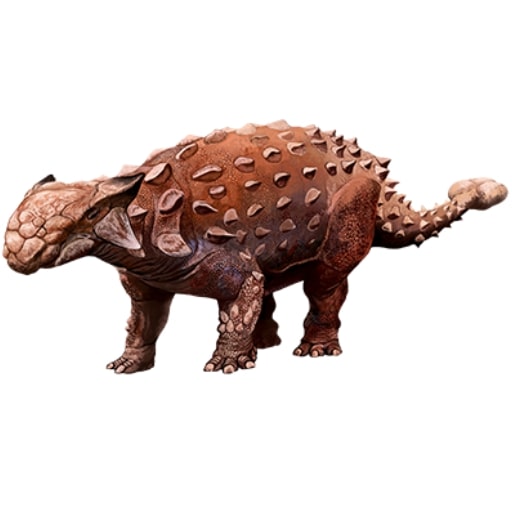
During the Cretaceous Period, the Deinonychus, otherwise known as the “raptor” in the 1993 Jurassic Park film, as well as the burrowing Oryctodromeus, Maiasaura, and Troodon all called Montana home.
Millions of years later, during the lat Cretaceous period, many of the well-known dinosaurs, such as Triceratops, T-Rex, and Ankylosaurus, all roamed across the eastern plains of Montana. Pterosaurs ruled the skies instead of birds.
Which dinosaur fossils have been found in Montana?
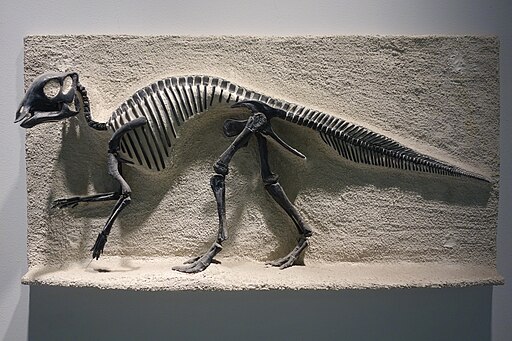
Paleontologists have found over 75 dinosaur species in Montana, including:
- Gryposaurus
- Diplodocus
- Maiasaura
- Stegosaurus
- Tyrannosaurus Rex
- Elasmosaur
- Fearsome, plated Allosaurus
Find out which dinosaurs have been found in Montana in our article, “Were there dinosaurs in Montana?“.
Interesting fact: After a lifetime of studying dinosaurs, Montana-based paleontologist Jack Horner has developed an unconventional theory about what dinosaurs actually looked like. He believes they donned bright colors and had features similar to birds, like in the images below:
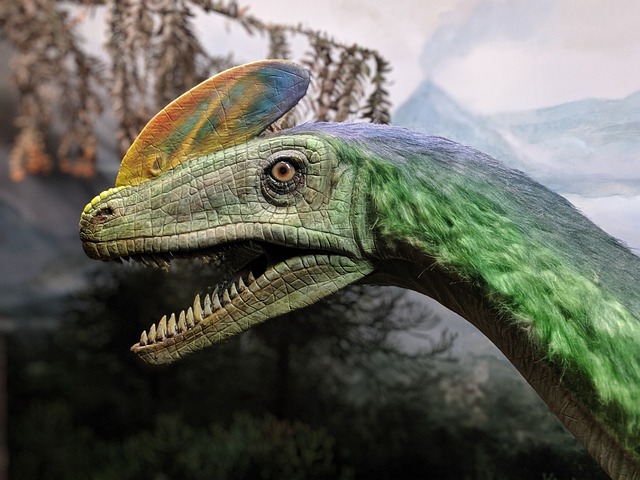
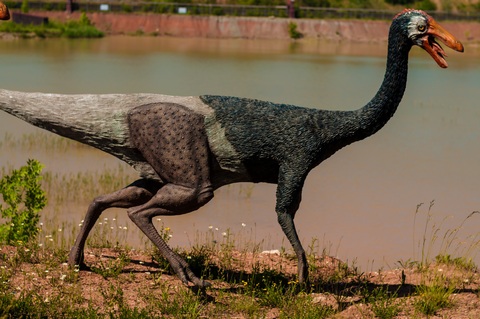
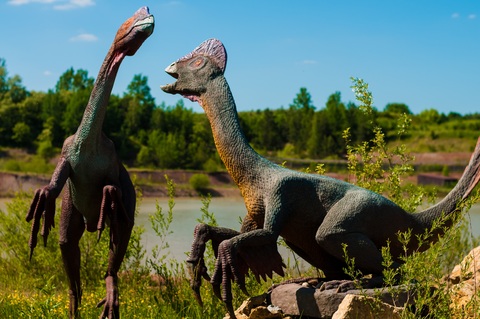
Find out who Jack Horner is in our article, “Who is Jack Horner?“.
What did Montana look like during the dinosaurs?
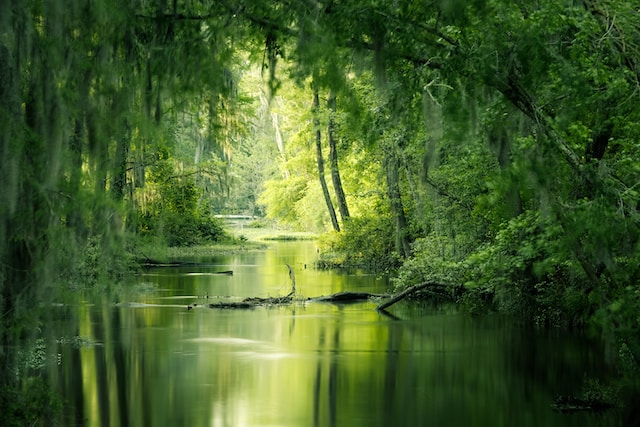
During the period of dinosaurs, Montana experienced various different climates.
During the Triassic period, parts of Montana were a dry, arid, desert. Throughout the Jurassic and the Cretaceous periods, much of Montana was covered by the Western Interior Seaway. However, parts of the state were humid, swampy, lowlands.
Find out what Montana looked like during the dinosaur era (with images) in our article, “This is what Montana look like during dinosaurs“.
Which US state has the most dinosaurs?
Arizona is the state where the most dinosaur fossils have been found in the US. More than 200 dinosaur fossils have been found in Arizona from 15 different dinosaur species, including Tyrannosaurus, Dilophosaurus, and Sonorasaurus.
The Natural History Museum in Arizona displays the largest collection.
Discover Montana’s dinosaur history on the Montana Dinosaur Trail
It was a matter of time and place that Montana became home to one of the largest collections of dinosaur fossils in the U.S.
As a result, 14 different locations throughout Montana today offer insight into the Dinosaur history of Montana. Together, they comprise the Montana Dinosaur Trail.
Find out where each site is located, what exciting exhibits each site offers, and more in our article, “Montana Dinosaur Trail“.


